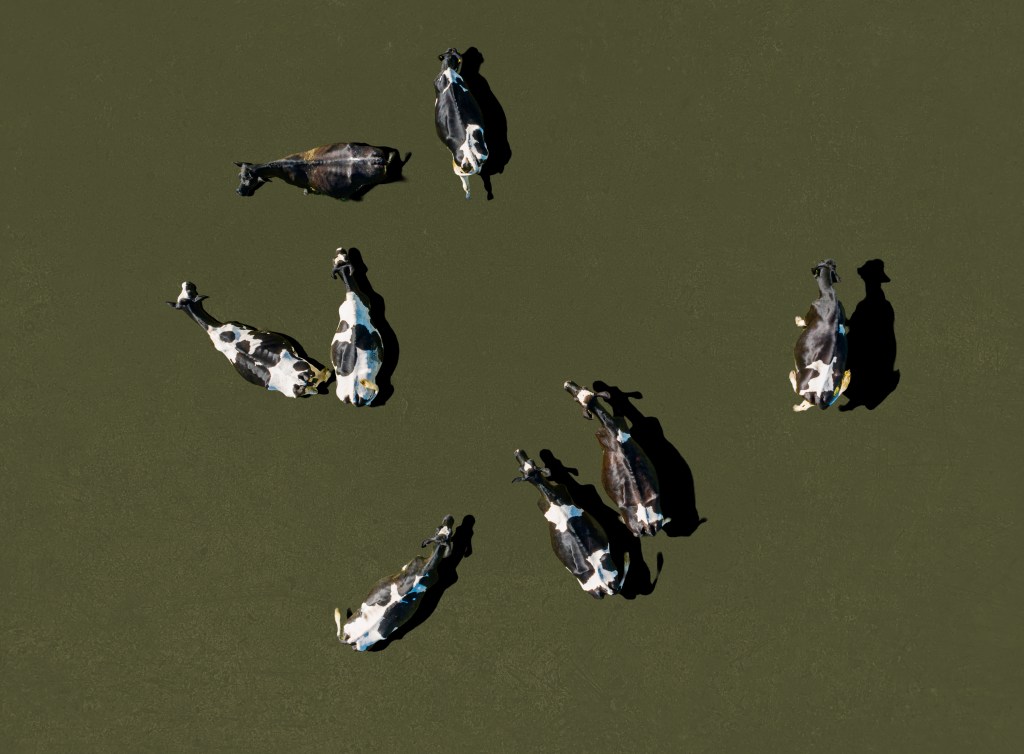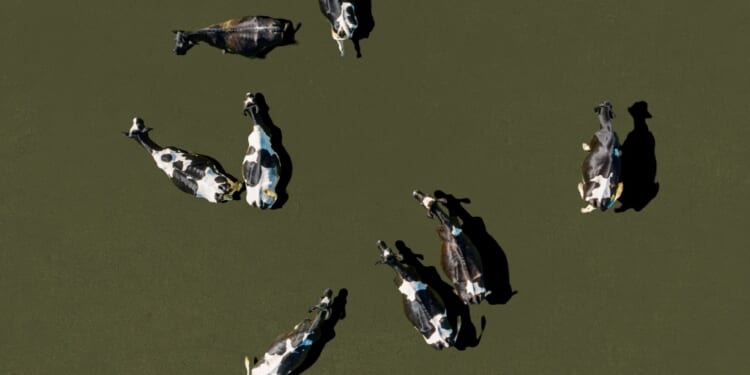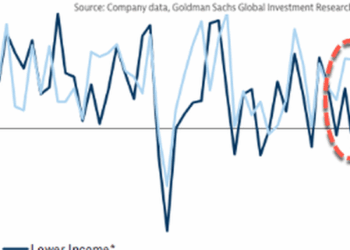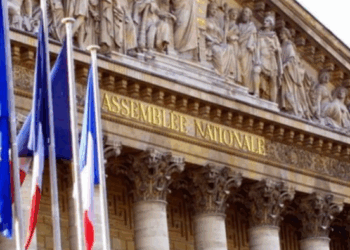
If the last 500 years of unprecedented economic growth across the world have taught us anything, it’s that markets, when they work well, are incredibly effective at generating wealth, addressing human needs, and distributing resources efficiently across the economy. Whether it be advances in medical technology, improvements in crop yields, or something as simple as the manufacturing of a pencil, free markets have found ways to direct individual self-interest toward pursuits that contribute to the common good.
But what happens when markets don’t work well? What happens when the individual incentives provided by free markets lead to bad outcomes for society as a whole? This brings us to the tragedy of the commons—an economic concept that shows how misalignments between individual incentives and the common good can result in market failures.
The tragedy of the commons is one of those social theories that has existed in one form or another for millennia, but wasn’t formalized until recently. While the concept dates as far back as the fourth century B.C., when Aristotle wrote that “which is common to the greatest number has the least care bestowed upon it,” it wasn’t until economist Garrett Hardin coined the term “tragedy of the commons” in a 1968 paper on overpopulation—the thesis of which has aged incredibly poorly—that the concept really took off. It’s been a mainstay of Economics 101 courses ever since.
The classic example of the tragedy of the commons goes like this: Take a grass pasture that is not owned by any one individual, but instead open to anyone who wants to let their cattle graze there. If you are a rancher with a large herd of cattle, you could save a lot of money by allowing your animals to graze in that common area instead of buying your own land and paying to maintain it as a private pasture. The benefits for individual ranchers to use the commons vastly outweigh the costs of doing so, so they use it extensively. However, when every rancher faces that same incentive structure, they will all rush to allow as many of their cattle as possible to graze on the common pasture, resulting in the land quickly becoming overgrazed and useless to everyone. That’s the tragedy: Sometimes rational self interest leads to a collectively irrational outcome.
This kind of outcome is often described in the context of the “prisoner’s dilemma”—a situation in which individuals acting in their own self-interest can produce worse outcomes than if they had been able to cooperate. For this we need one more quick illustration.
Imagine two co-conspirators in a crime, each of whom has been arrested and will soon be interviewed by a detective in separate cells. Each suspect has two options: They can either stay silent or they can betray the other. In this theoretical scenario, both suspects would be better off by keeping silent (the detective, it turns out, has no evidence). However, because neither can trust the other to not point the finger, both will end up confessing to the crime and blaming the other, leading to a worse outcome than if they had both kept their mouths shut.
So why does all of this talk about grazing cattle and prison interrogations matter? Well, if you’ve ever taken an economics course, the tragedy of the commons and prisoners dilemma are often used as examples of why government intervention in the economy—in other words, regulation—is sometimes necessary.
Traditionally, economists have differentiated between two kinds of goods: private and public. Private goods are those that are both “rivalrous” and “excludable,” meaning they can only be used by one person at a time and people can be prevented from accessing them unless they pay. A good example of a private good is a coffee from your local Starbucks. You have to pay the barista to get the coffee, and once you’ve drunk it, nobody else can drink that same coffee. A public good is the exact opposite: It is “nonrivalrous” and “nonexcludable,” meaning it can be used by many people at once and no one can be easily prevented from accessing it. Something like a highway, streetlights, or national defense are examples of public goods.
Traditionally, economists have viewed private markets as the best mechanism for the production and exchange of private goods, while the government is seen as better able to efficiently provide most public goods. But what happens when a good is nonexcludable like a public good, but also rivalrous like a private good? That’s where you get what economists like to call “common pool resources.” In The Tragedy of the Commons, Hardin uses the pasture as an example of just this. Like a highway, the pasture is open to all, so ranchers cannot be easily prevented from using it. But at the same time, like your Starbucks coffee, when one rancher’s cattle eats an acre of grass, that acre is no longer usable by other ranchers.
The problem with common pool resources is that the individuals who use them only account for the private costs that they incur, regardless of whether their use of the resource reduces what’s available to others. As a result, those individuals ignore the broader social cost of their actions, leaving everyone, including themselves, worse off in the long run. Hardin observed that there were only two workable solutions to avoid this irrational—or as economists call it, “Pareto inefficient”—outcome. The first is to privatize the common pool resource, essentially turning it into a private good. If the pasture is owned by a single rancher who then leases the acreage to others, that rancher will be individually incentivized to invest in and maintain the pasture in the long term. The second solution is to bring the common pool resource under government regulation. If the government controls the pasture, it can create rules around how many cattle each rancher can graze there, protecting the resource and preventing its destruction. Both of these solutions require government action, either to assign private ownership rights or regulate the resource itself.
Hardin, and many other economists at the time, believed that the tragedy of the commons was basically inevitable—an unavoidable result of otherwise rational human behavior that necessitated state intervention to prevent. But, while the tragedy of the commons is an essential part of economic theory, like most problems in the social sciences, it doesn’t capture the full complexity of human action. As it turns out, Hardin’s rigid model was wrong—the tragedy of the commons is not inevitable, and relying on either privatization or government regulation isn’t always necessary to prevent the exploitation of common resources.
Enter Elinor Ostrom, a Ph.D. student at the University of California, Los Angeles who, while studying California’s water crisis in the 1950s and 1960s, made a simple, but transformative, observation. Ostrom noticed that, even though exploitation of common resources does occur in the real world, there were countless examples throughout human history where it did not. Instead, through creative arrangements, humans have often been able to overcome the tragedy of the commons without resorting to privatization or government regulation.
One famous example cited by Ostrom was a system developed by some Nepalese farming communities to build and maintain collective irrigation systems. Ostrom and her team at Indiana University Bloomington found that farms that used these informal systems of self-regulation—which were neither fully “private” nor fully “public”—actually produced superior crop yields than those that relied on state-provided irrigation systems. This kind of system did not fit neatly into the tragedy of the commons’ two-solution model, and from that failure came the concept of Ostrom’s Law: A resource arrangement that works in practice must also work in theory.
Ostrom spent most of her career building out a theoretical framework to help economists understand how human creativity and informal institutions can be used to solve collective action problems like the tragedy of the commons—research that eventually made her the first woman to receive the Nobel Prize in economics. Unlike in economic models like the prisoner’s dilemma that portray people as passive members of their circumstances, Ostrom emphasized that passivity isn’t a given and that people are capable of altering their constraints and establishing rules and systems to overcome the tragedy of the commons, even without government intervention.
Regardless of its inevitability in the real world, when it comes to problems like climate change, light pollution, overfishing, and traffic congestion, the tragedy of the commons remains an essential model for understanding the differences between individual and collective incentives.

















